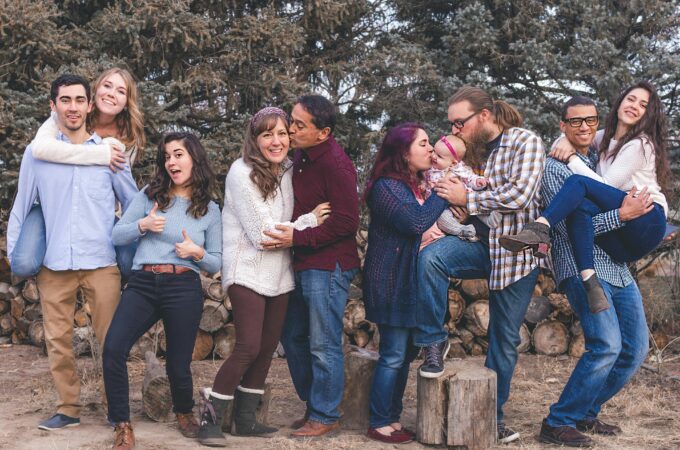Elder care gaps occur as family structures change, and there may be unanticipated and challenging consequences. For parents who have long divorced, those who have remarried, and those with blended families, this may mean that adult children are now dealing with three or more parents and stepparents. As the caregiver burden increases, blended families become more complex, and the potential for conflict increases.
Impacts of Divorce and Blended Families on Elder Care
A recent article by Paula Span in the New York Times noted that the spike in the US divorce rate in the 70s is now causing families additional stress and turmoil as blended families cope with caring for their elderly family members. Adult children are less likely to assist an aging stepparent, especially if their own parent has passed away.[1]
While divorce rates in the US are closer to fifty percent, the Canadian divorce rate has slowed since the 1990s. A recent report by The Vanier Institute of the Family noted the changing nature of couple relationships with the lower divorce rate attributed to the aging married population, where fewer divorces and fewer Canadians are getting married. Canada has one of the highest percentages of common law relationships (more than 22%) in the G7 countries. [2]
Planning well in advance for financial costs and elder care management is a prerequisite for anyone in a blended family situation.
A Real-Life Situation of Elder Care in Divorce and Blended Families
A woman called our office for advice on managing care for several 80-year-old adults across the Golden Horseshoe in southern Ontario. She indicated that this was her second marriage, and she lives with her husband and their two young children in Victoria, BC. She also has a teenage son from her first marriage, who lives with his father in Toronto. When she and her first husband divorced, her parents, mother-in-law, and father-in-law asked her to continue as their attorney for personal care. She agreed. Her second husband has two elderly parents in Toronto who also asked her to be their Attorney for Personal Care. The result is that she has six elderly parents/in-laws over the age of 80 years who are starting to have care issues, and she lives with her young family in another province. Her ex-husband is still angry at his parents and does not want to be involved in their care. She and her current husband are only children, so it is just the two of them managing care for six elderly people. This example does give new meaning to long-distance caregiving!
Having siblings, step-siblings, and half-siblings can be a double-edged sword. On the one hand, many hands make light work. If there is a foundation of trust among the parties, it can enable them to work together and share the caregiving commitments. On the other hand, if the family dynamic has left lasting issues such as sibling rivalry and feelings that some were unfairly treated, there may be distrust and unwillingness to communicate openly and cooperate, causing further stress and disagreements.
Steps to Start Planning Well in Advance to Fill Elder Care Gaps
With the changing nature of family structures, it is crucial to plan well in advance to address any care gaps. The following are the initial steps to get started.
- Focus on creating a well-thought-out written plan with your partner.
- Run through a few scenarios. For example, the husband has two daughters from a previous marriage. The wife has no children. If the husband dies first, are the two daughters willing to manage the care of their stepmother? If not, who will? Discuss specific situations.
- Communicate your detailed plan and care wishes to all family members, including accommodation, location, caregiver preferences, daily routines, etc. Ask people to take on tasks and responsibilities and explain why. Do they agree? Will they act?
- Care costs can become alarmingly expensive and escalate at the end of life. Parents/stepparents may be able to fund care costs themselves, so there is no financial burden on the adult children. However, if financial contributions are required, how will this be addressed? Will everyone contribute equally?
- The human burden of caregiving can be significant and stressful. While we know there is often one sibling who takes the lead, how can they be supported? Who will coordinate and attend doctors’ appointments, buy groceries, make meals, etc.?
- Ask for help facilitating family discussions. An independent facilitator is more helpful when the dynamics are more complex.
Changing family structures, divorce, common law relationships, and growing longevity can create complex situations and care gaps for elderly family members. To reduce future stress and burdens, plan well in advance to identify and fill the care gaps and share the plan with family members.
[1] https://archive.nytimes.com/newoldage.blogs.nytimes.com/2009/08/10/years-later-divorce-complicates-caregiving/
[2] https://vanierinstitute.ca/announcement/facts-and-stats-married-and-common-law-couples-in-canada/


0 Comments